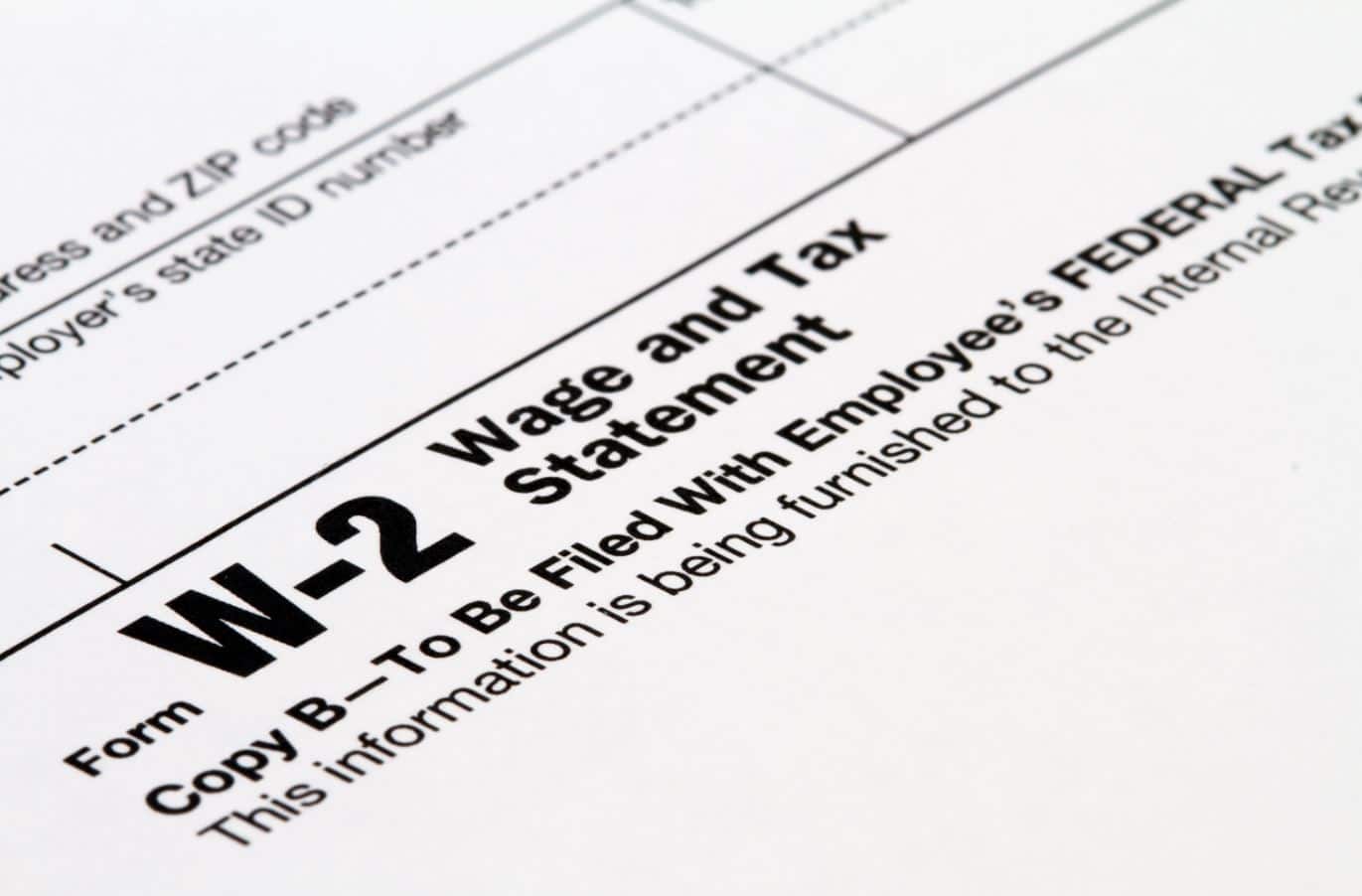3 Steps to Giving a Raise
Many employers offer performance-based raises as a means to praise good work and/or motivate employees…
If you run a business with employees, you have at some point wondered how you should compensate them for good work. It’s actually a much trickier task than people realize. You have to take into account employee morale, employee performance and market averages. To get a fuller picture of how to fairly distribute a raise to your employees, keep reading.
1. Market level
When deciding how much you should raise your employees’ salaries, you should take into account what the market indicates as the average salary for their position. If an employee is making below the average salary for his or her job, a raise should boost them to at least the median income for their job description. If salaries are on par with what the market average is, their yearly raises should reflect the rate at which the market average is increasing. When you hire a new employee, determine their base salary by adhering to the market average.
One thing you need to be aware of is pay compression. When it comes to newer employees versus ones who’ve been at the company for many years, you want to make sure that, due to inflation, the new hires aren’t starting off with a salary that is the same as those of long-standing employees. If seasoned employees find out that a new employee is making as much as they are, they will likely become angry and resentful. In order to avoid this happening, always keep your eye on the market and offer yearly raises to compensate for inflation.
2. Employee performance
Many employers offer performance-based raises as a means to praise good work and/or motivate employees. While this is a great way to show a hard worker that you value them, it could backfire if you’re just offering money as an incentive to work harder. Some people believe that money motivates, but it can also fog their perception. Sometimes the quality of the work suffers because employees are only focused on the raise. In the worst-case scenarios, performance-based raises pit people against each other.
Another way to help you determine employee raises is to conduct yearly performance reviews of employees. This will help employees better understand what you expect out of them and for you to receive feedback on employee morale. The takeaway here is to try to only give raises to employees who’ve already shown great performance, rather than throwing more money at an employee with a stagnant work performance level because you hope that they’ll do better.
Of course, you can implement across-the-board raises for all employees. Although this can help make things fairer, it could have the opposite effect on top performers who deserve a raise the most. If an employee who always goes the extra mile sees that everyone at the company is getting a raise, she or he might conclude that it doesn’t matter how hard they work, because they will always be compensated the same way as everyone else.
3. Review your compensation package
You should routinely review the compensation package you offer employees — and when you do, include consulting with a lawyer in your process. A lawyer can make sure that you’re in compliance with certain laws. It’s also a good idea to get up to date on what the market indicates the average salaries are. And you need to review the benefits you offer; you can try to renegotiate contracts with health providers to get a better deal, or you can eliminate benefits that your employees aren’t taking advantage of. Most importantly, review employee retention. Are they leaving because they’re underpaid? Are they going to competitors that pay more? If this is the case, you should definitely address how you distribute raises and what you’re offering in terms of base salaries.
Copyright © 2019







Reply a Comment